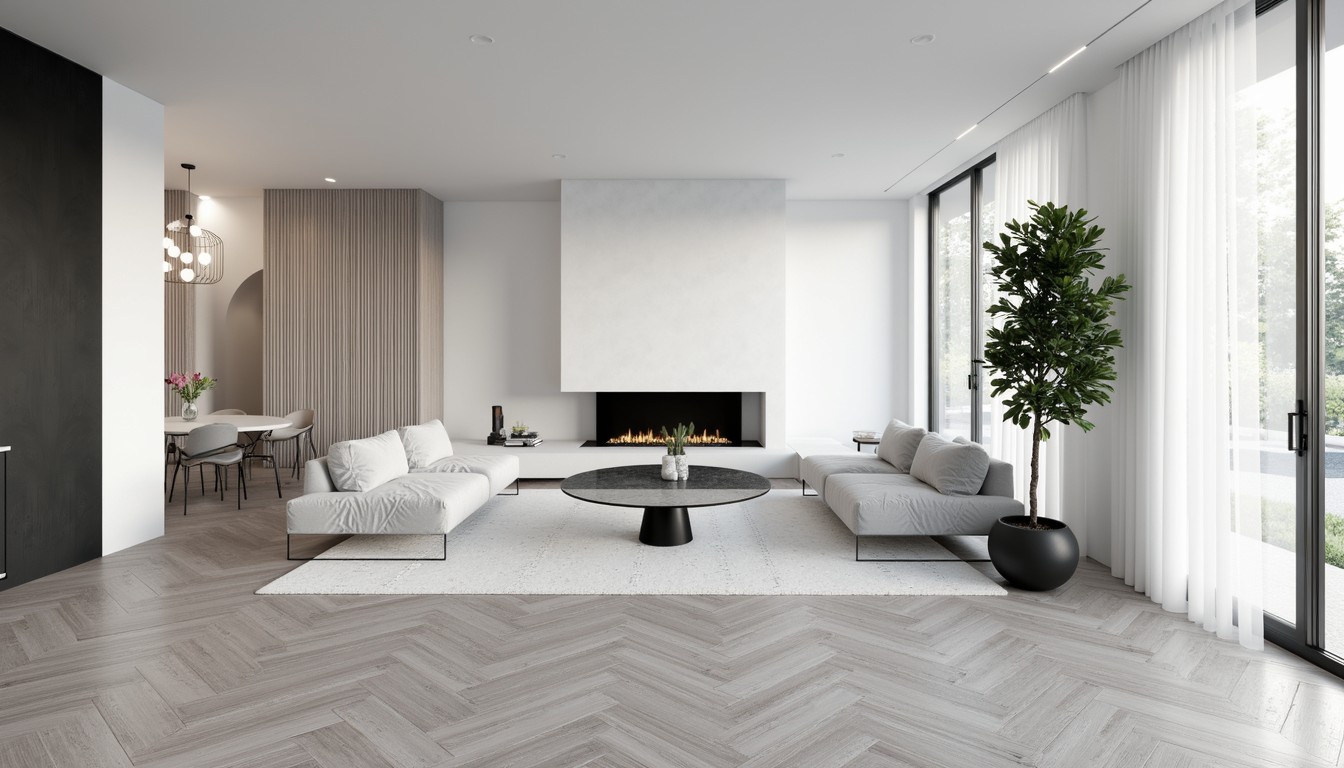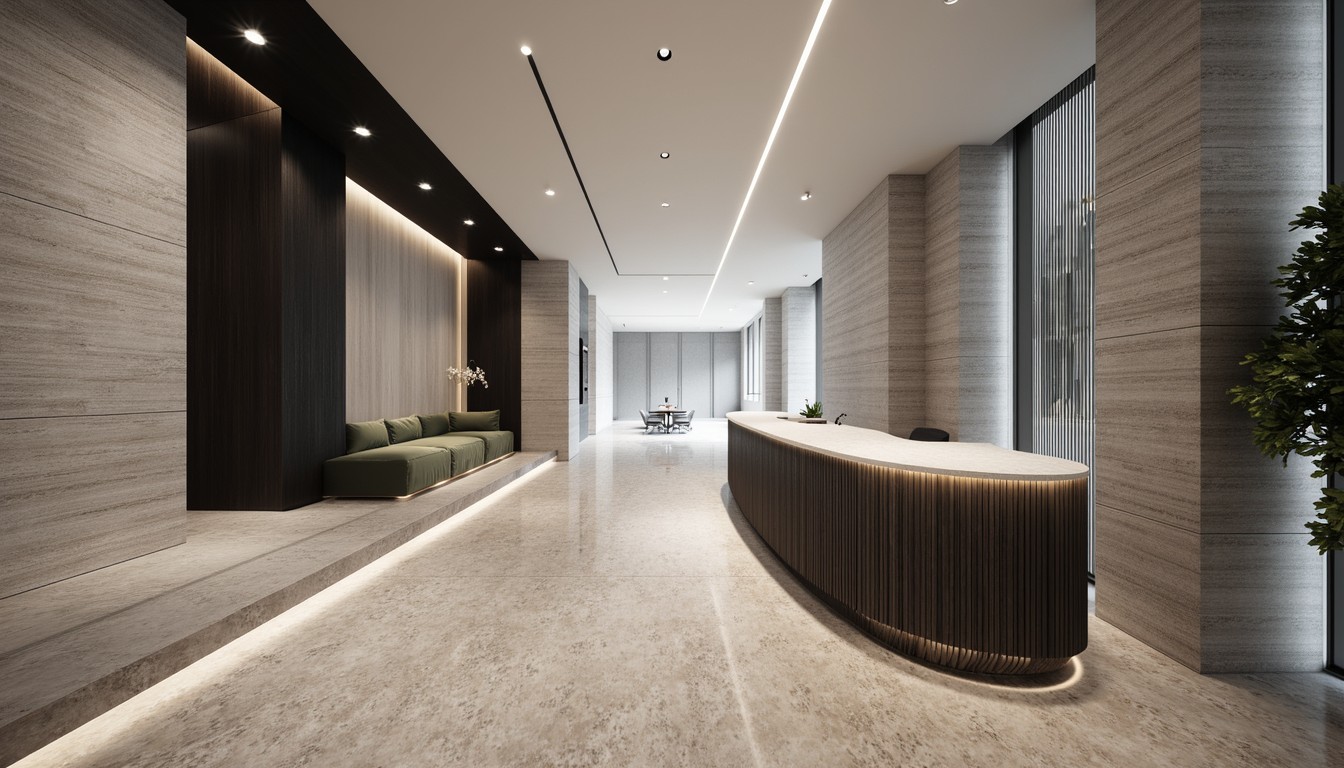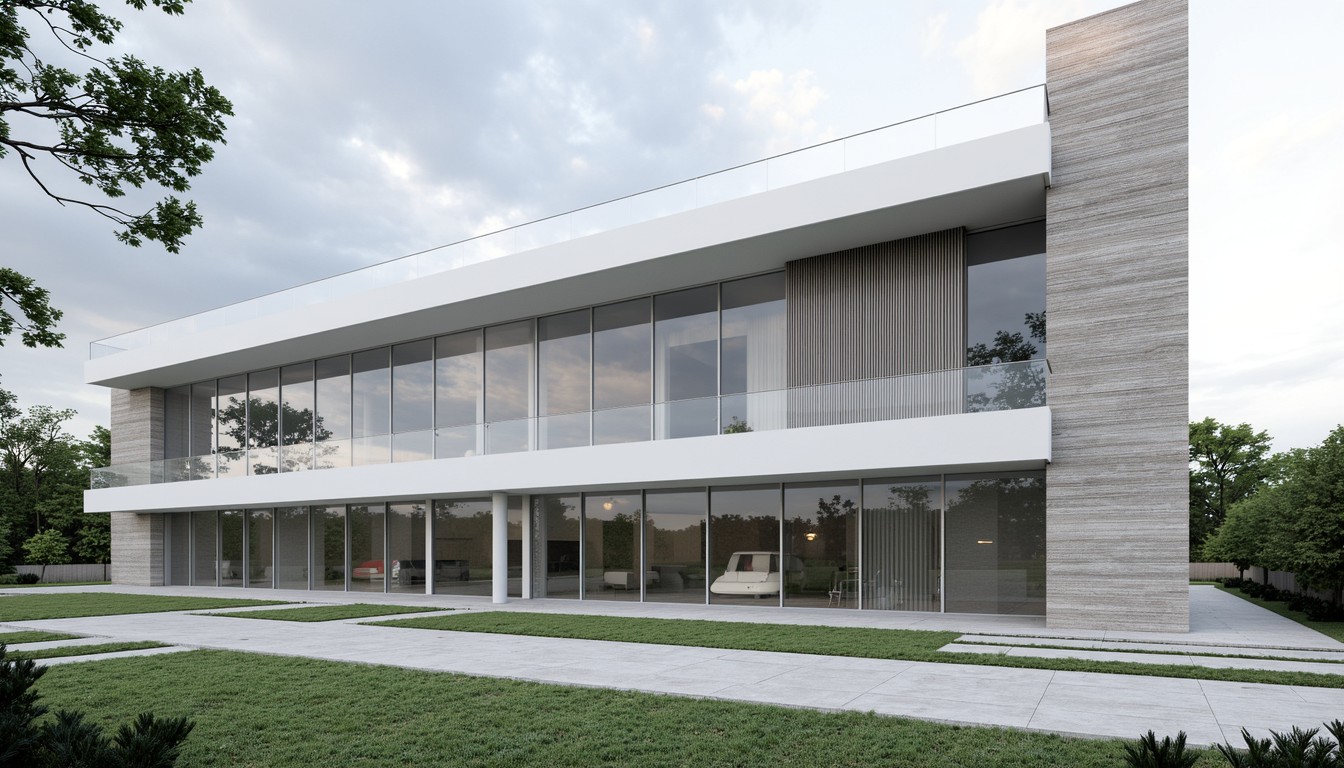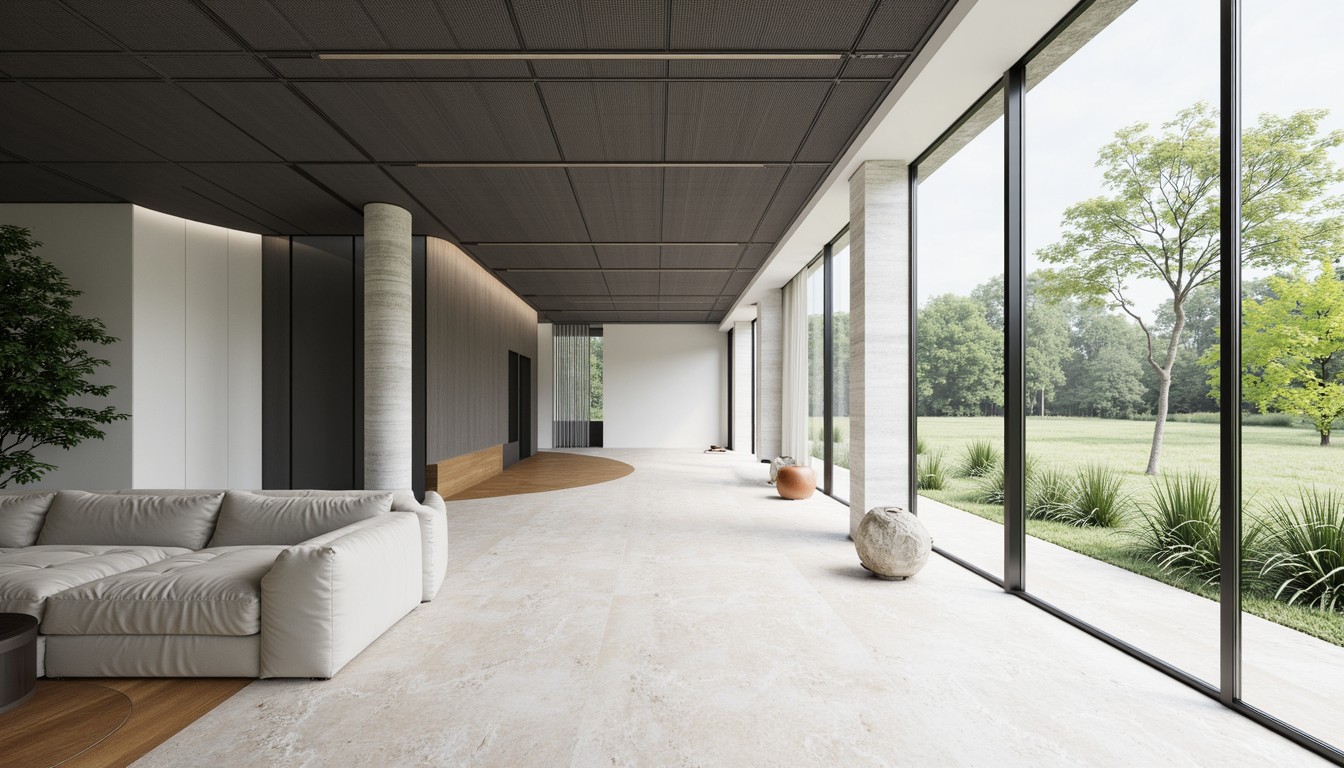3D Printing in Construction: Building the Future
The construction industry, traditionally slow to embrace technological advancements, is undergoing a dramatic transformation. At the forefront of this revolution is 3D printing, a technology rapidly reshaping how we design, build, and envision the structures that define our world. From creating intricate architectural details to constructing entire buildings, 3D printing is proving to be a game-changer, offering unprecedented levels of efficiency, sustainability, and creative freedom.
The Rise of Additive Manufacturing in Construction

Additive manufacturing, or 3D printing, in construction involves depositing layer upon layer of material to create a three-dimensional object. Unlike traditional methods, which often involve subtractive processes (like carving or cutting), 3D printing builds up the structure from the ground up. This approach offers several key advantages:
- Increased Speed and Efficiency: 3D printing can significantly reduce construction time. Complex structures that would take weeks or months to build using traditional methods can be printed in days or even hours.
- Reduced Labor Costs: Automation through 3D printing minimizes the need for manual labor, leading to lower labor costs and increased productivity.
- Minimized Waste: 3D printing uses only the necessary amount of material, significantly reducing waste compared to traditional methods where material is often cut and discarded.
- Enhanced Design Flexibility: 3D printing allows for the creation of complex geometries and intricate designs that would be impossible or prohibitively expensive to achieve using conventional techniques. This opens up new possibilities for architectural creativity and innovation.
- Sustainable Construction: The reduced waste and potential use of sustainable building materials make 3D printing a more environmentally friendly construction method.
Types of 3D Printing in Construction

Several different 3D printing techniques are being used in construction, each with its own strengths and limitations:
- Concrete 3D Printing: This is currently the most prevalent method, using specialized concrete mixes that can be extruded through a nozzle to create walls, floors, and other structural elements. It is particularly well-suited for large-scale projects.
- Extruded Polymer Deposition (EPD): This technique uses molten thermoplastic materials to build up structures layer by layer. It's often used for creating smaller architectural components or prototypes.
- Binder Jetting: This method utilizes a binder to bind together powdered materials like sand or cement, creating solid structures. It is known for its ability to create intricate details.
Real-World Applications of 3D Printing in Construction
The applications of 3D printing in construction are diverse and rapidly expanding. Here are a few examples:
- Residential Housing: Several companies are successfully using 3D printing to construct affordable and sustainable housing, addressing the global housing shortage.
- Commercial Buildings: From office buildings to retail spaces, 3D printing is being used to create unique and efficient structures.
- Infrastructure Projects: 3D printing is being explored for building bridges, retaining walls, and other infrastructure components.
- Architectural Models: Architects are using 3D printing to create highly detailed and accurate models of their designs, facilitating better visualization and client communication.
- Custom Architectural Features: Intricate decorative elements, customized facades, and unique interior features can be efficiently produced using 3D printing.
Challenges and Future Trends

Despite its immense potential, 3D printing in construction faces several challenges:
- Material Limitations: The range of printable materials is still limited compared to traditional construction methods.
- Scalability and Cost: While costs are decreasing, 3D printing large-scale projects can still be expensive.
- Regulation and Standardization: The lack of clear regulations and industry standards can hinder wider adoption.
- Skilled Workforce: A skilled workforce is needed to operate and maintain 3D printing equipment.
Despite these challenges, the future of 3D printing in construction is bright. We can expect to see further advancements in materials, software, and printing techniques, leading to even greater efficiency, sustainability, and design freedom. The integration of AI and robotics will further optimize the process, creating a truly automated and efficient construction workflow.
ArchNav: Your Partner in Visualizing the Future of Construction
At ArchNav, we understand the transformative power of 3D printing and its impact on architectural design and construction. We leverage cutting-edge visualization technology to help architects and builders explore the possibilities of this innovative technology. Our high-quality renderings and virtual reality experiences allow you to visualize your 3D-printed projects in stunning detail, helping you make informed decisions and effectively communicate your vision to clients and stakeholders. Contact ArchNav today to learn how we can help you build the future.
